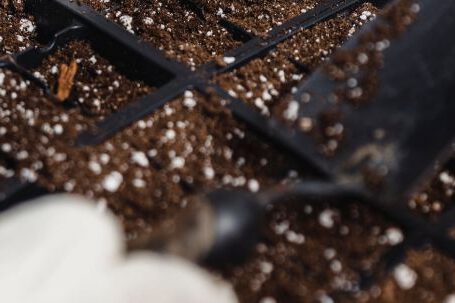Maintaining a healthy garden requires more than just planting and weeding. One crucial aspect of successful gardening is ensuring that your plants receive the proper amount of water. However, figuring out the best watering schedule can be a challenge. In this article, we will explore some useful tips and guidelines to help you set up a proper watering schedule for your garden.
Understanding the Watering Needs of Your Plants
Before establishing a watering schedule, it is important to understand the specific watering needs of the plants in your garden. Different plants have different requirements, and overwatering or underwatering can lead to poor growth or even plant death. Take the time to research and identify the watering needs of each plant species in your garden.
Factors to Consider When Setting up a Watering Schedule
1. Soil Type: The type of soil in your garden plays a crucial role in determining the watering frequency. Sandy soil drains quickly, requiring more frequent watering, while clay soil retains moisture and may need less frequent watering.
2. Weather Conditions: The weather conditions in your area, such as temperature, humidity, and rainfall, also affect your watering schedule. During hot and dry periods, you may need to increase the frequency and duration of watering.
3. Plant Growth Stage: The watering needs of plants vary depending on their growth stage. Young seedlings and newly planted plants require more frequent watering to establish their root systems. Mature plants may need less frequent watering but may require deeper watering to reach their extensive root systems.
Establishing a Watering Schedule
Now that you have considered the factors that affect your watering schedule let’s dive into how to set it up.
1. Morning Watering: It is generally recommended to water your garden in the morning. This allows the plants to absorb the water before the heat of the day evaporates it. Watering in the evening can lead to prolonged moisture on the leaves, making them susceptible to diseases.
2. Deep and Infrequent Watering: Instead of watering your garden lightly every day, it is better to water deeply and less frequently. This encourages the plants to develop deep root systems, making them more resilient to drought conditions. Aim for about 1 inch of water per week, either from rainfall or irrigation.
3. Use Mulch: Applying a layer of organic mulch around your plants helps retain moisture in the soil. Mulch also helps regulate soil temperature and suppresses weed growth. This means less water is lost to evaporation and less competition for water from weeds.
4. Check Soil Moisture: Regularly check the soil moisture level in your garden to determine when watering is necessary. Stick your finger into the soil about an inch deep. If it feels dry, it’s time to water. If it feels moist, hold off on watering for a few more days.
5. Adjust as Needed: Be flexible with your watering schedule and adjust it based on the specific needs of your plants. Monitor the health and growth of your plants and make changes accordingly. Pay attention to signs of overwatering, such as yellowing leaves or moldy soil, and adjust your watering frequency accordingly.
Conclusion: A Well-Nourished Garden
Setting up a proper watering schedule for your garden is essential for the health and vitality of your plants. By understanding the watering needs of your plants, considering factors like soil type and weather conditions, and following the tips outlined in this article, you can establish a watering schedule that promotes strong root development and healthy plant growth. Remember to be attentive to your garden’s needs and adjust your watering schedule as necessary. With proper watering, your garden will thrive and reward you with beautiful blooms and bountiful harvests.





